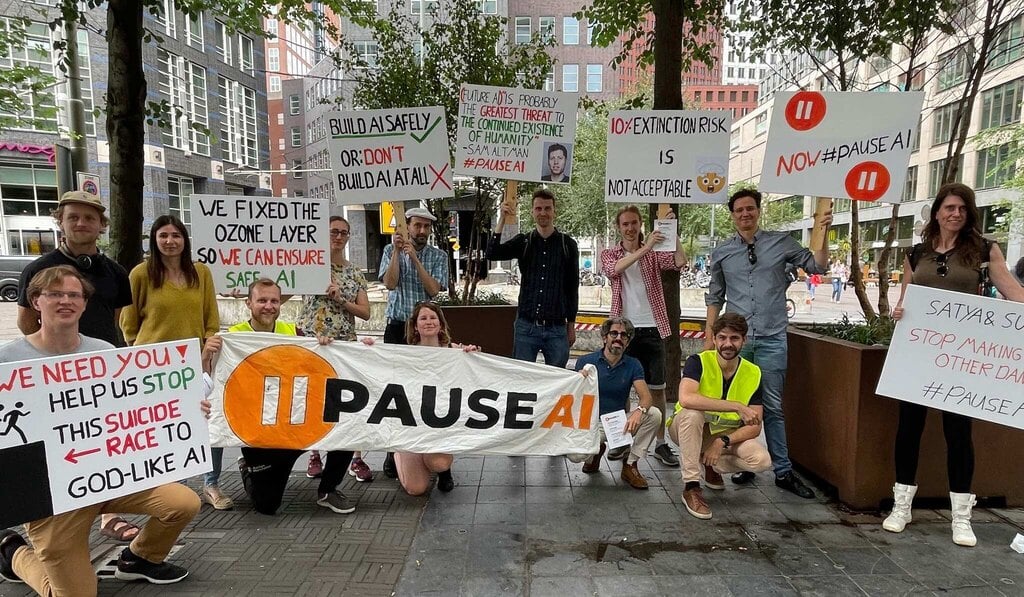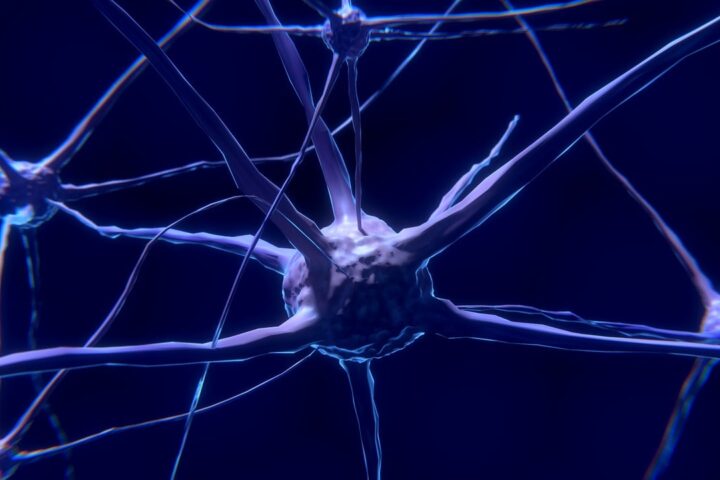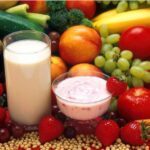Scientists at the Center for Neuroscience in Bengaluru, India, have identified a neural pathway in mice that turns stress into pain relief. The Center is part of the Indian Institute of Science (IISc), Bengaluru. The pathway spans from the lateral septum to the spinal cord and involves the hypothalamus and brain stem nuclei.
Inhibitory neurons in the lateral septum become more active when the mice try to escape while physically restrained. A reduction in pain sensitivity results from this increased activity, which increases pain tolerance.
The team, comprising Devangshu Piyush Shah, Pallavi Raj Sharma, Rachit Agarwal, and Arnav Barik at IISc’s Center for Neuroscience, has identified the above-mentioned pathway in the brain. Arnav Barik said, “This work provides invaluable insights into the neural underpinnings of how stress can exacerbate chronic pain and paves the way for the development of novel therapeutic approaches that could help mitigate stress-induced exacerbation of chronic pain conditions.” These are far-reaching implications for the future.
The researchers found that when mice were physically restrained, these inhibitory neurons became highly active whenever the animals struggled to escape. During their study, the researchers observed paradoxically that this increased dorsolateral septum (dLS) activity led to a reduction in pain sensitivity.
Devangshu Shah, the first author of the paper, added, “It was surprising to find the dLS neuronal activity ramps up specifically during the struggle bouts when the mice are trying hard to get away from the restraint. We showed this dLS activity is both necessary and sufficient for stress-induced analgesia to occur.”
Similar post
Projections to the lateral hypothalamic area (LHA) are sent by the dLS neurons, where they synapse onto excitatory LHA neurons under restraint. These excitatory LHA neurons were initially active but then rapidly inhibited shortly after. The critical step appears to be this inhibition that triggers downstream analgesia by reducing the excitability of pro-nociceptive neurons in the rostral ventromedial medulla (RVM). The RVM is a key region for relaying pain signals to the spinal cord.
This is the ‘brain circuit’ for turning stress into pain relief. Thus, the IISc scientists have mapped out a neural network that connects pain and stress in the brain. This is a far-reaching finding that will help doctors reduce pain caused by stress.


















